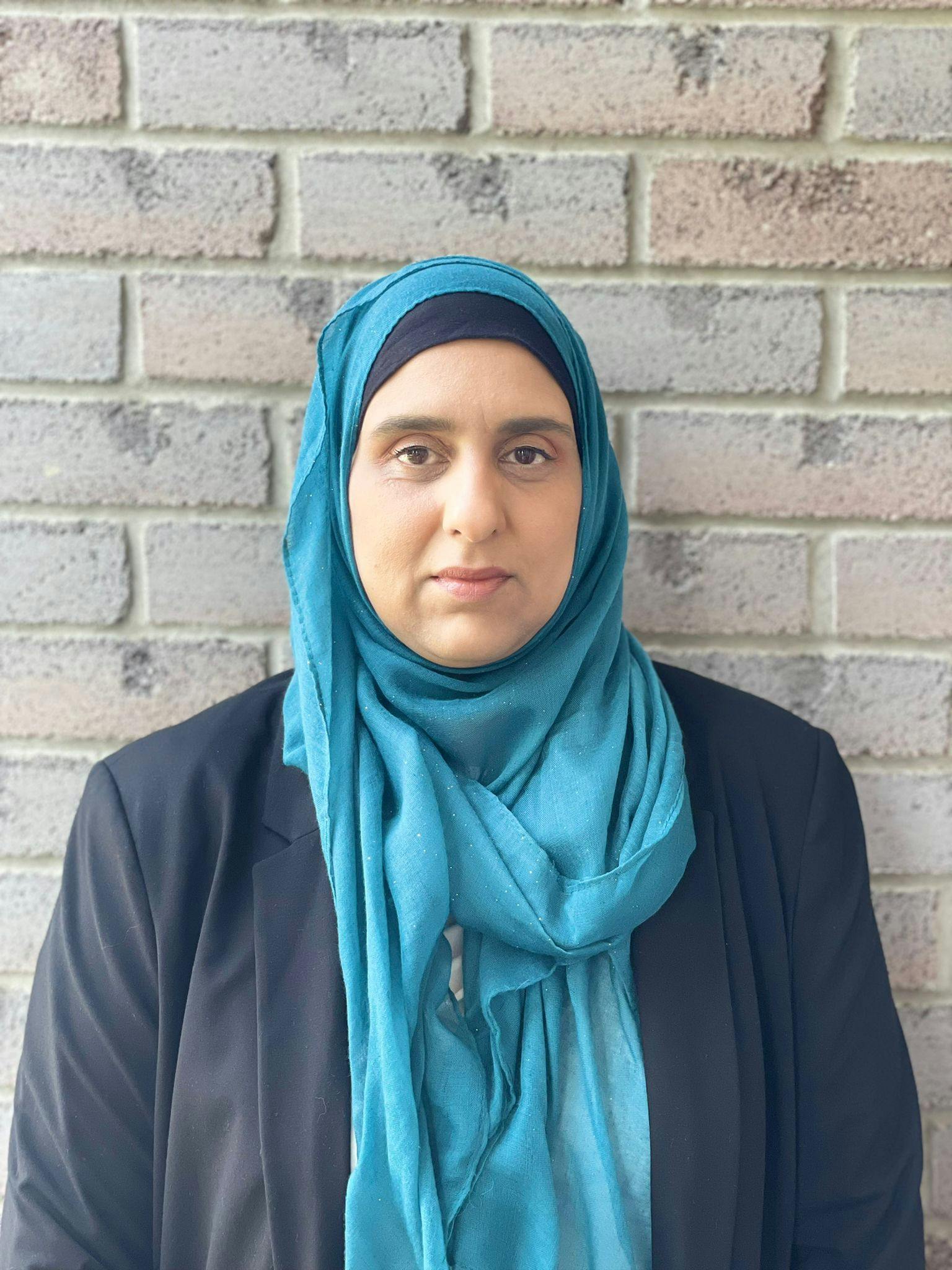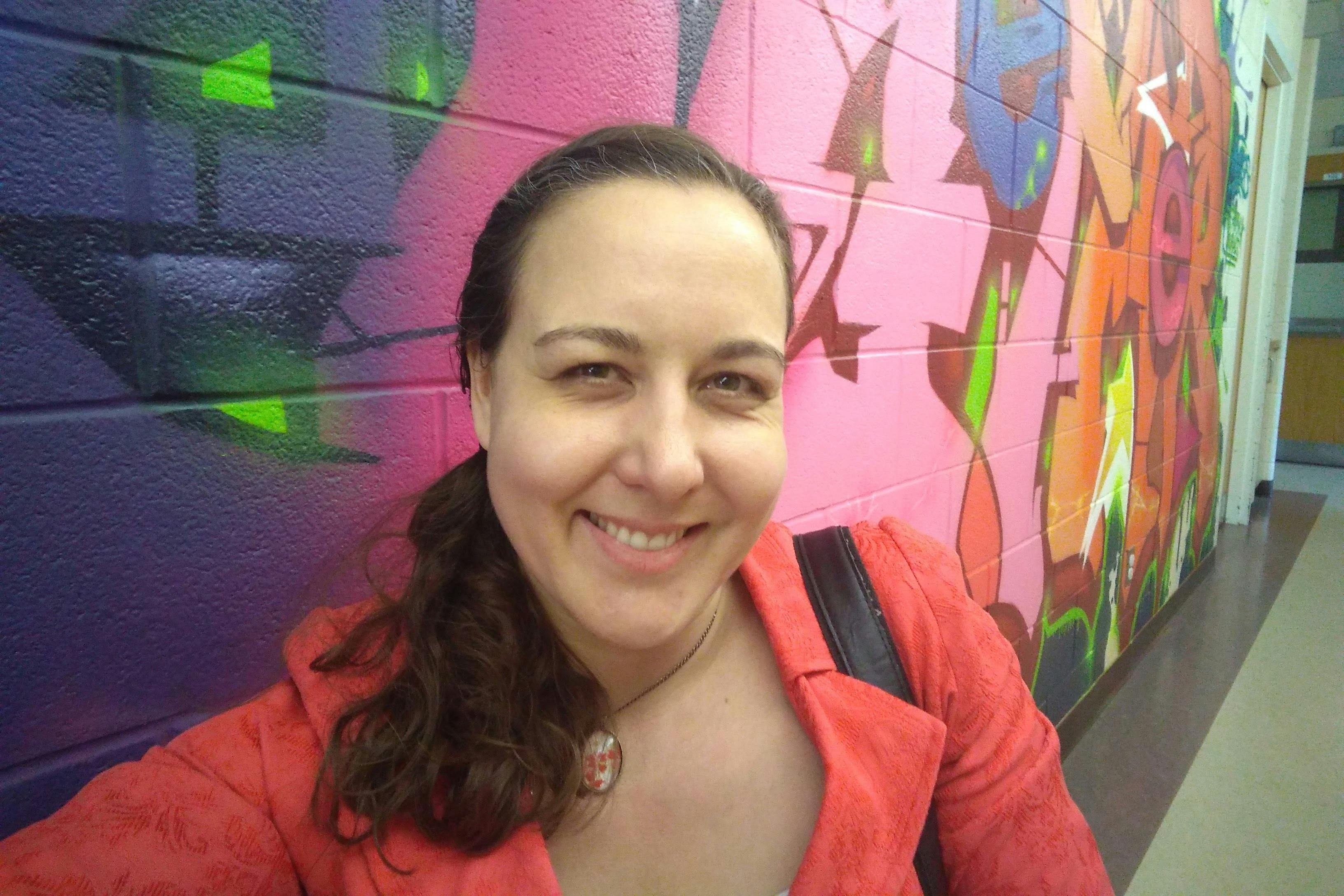Guelph's Community Plan: Revisited
Consultation has concluded
Thank you for being part of the ongoing conversation!
This consultation is now closed, but the work has just begun. Watch here for updates and continuing this work with actions toward the elimination of systemic racism.
___
Our goal is to set the community standard for the elimination of systemic racism.
Guelph’s Community Plan was always intended to evolve and grow with the community. Right now we are working to address the significant omission of any direction related to systemic racism in the first version of the Plan. After more than a year of learning and unlearning with community leaders, this is the draft of a new section we will add to the Community Plan--and we are hoping you will take a look and add your thoughts.
Nobody thinks this is an easy goal, but it’s an aspiration we need to reach and fight to achieve.
This new section of the Community Plan speaks of a vision for how we must work as a united community. The section talks about the importance of building the relationships and trust necessary for the sustained effort required to eradicate the racism and colonialism embedded in our structural systems.
We acknowledge that racism and exclusion exist in many forms including but not limited to: Anti-Black racism, Anti-Indigenous racism, Anti-Asian racism, Anti-Semitism, Islamophobia, Anti-2SLGBTQIA+, ageism and ableism.
We also acknowledge that some conversations about systemic racism are difficult for some people. We have partnered with Here247 to provide free mental health or crisis support if you need it while having these difficult conversations with us. Visit the Here247 website or call 1-844-437-3247 to speak to a trusted service provider.
Help us to get it right!
Please take some time to read the background information tab below including important information about how we got here, and revisit the original Community Plan to see the new section in context.
Each of the eight new category sections were built based on conversations with people and communities from across Guelph, but we may hot have heard from you. Please read each section and share your thoughts and your unique ideas to help reframe the Community Plan with a vision about how we will work together to end systemic racism.
Click on each category to review and share your ideas:
- Understanding community
- Relationship driven
- Truth and reconciliation
- Working across systems
- Pace and urgency
- Safe Spaces
- Data and story sovereignty
- Shared language and understanding
What comes next?
The next step will be to create an action plan with the specific strategies and actions that need to be taken to rid systemic racism and barriers to inclusion from our institutions, policies and governance structures. Specific actions related to wellbeing, mental health, housing, economic and educational opportunity, and access to services among others will be considered in that phase of work.
Thank you for your time to consider these words and for adding your thoughts and suggestions.
Art Credit: Art Not Shame community of artists led by Melanie Schambach. Thank you for use of the inspiring work Art in Hard Times as our banner image.






